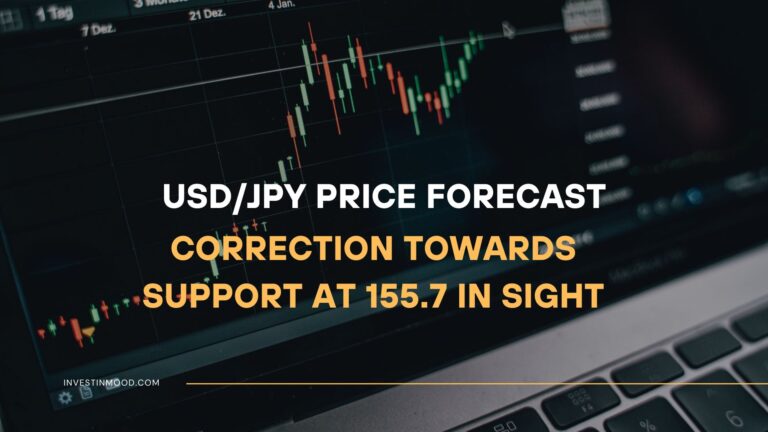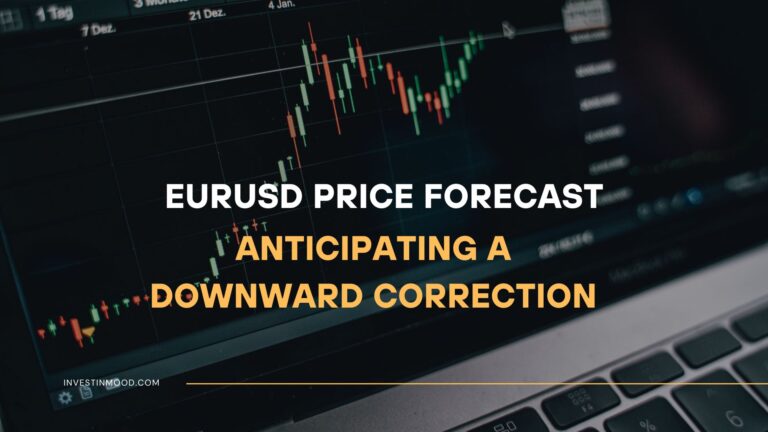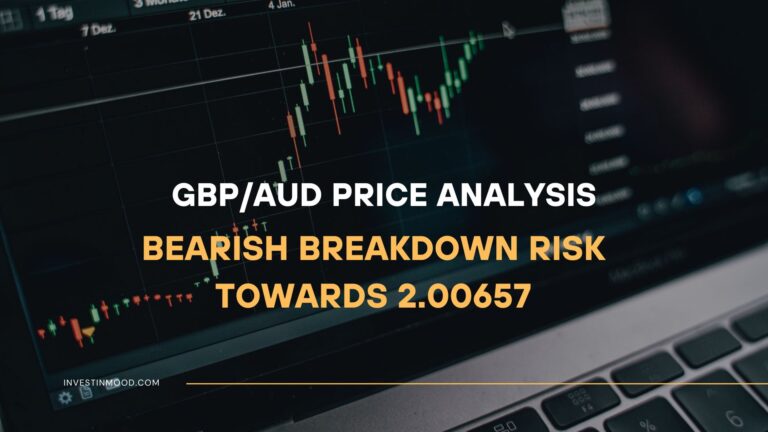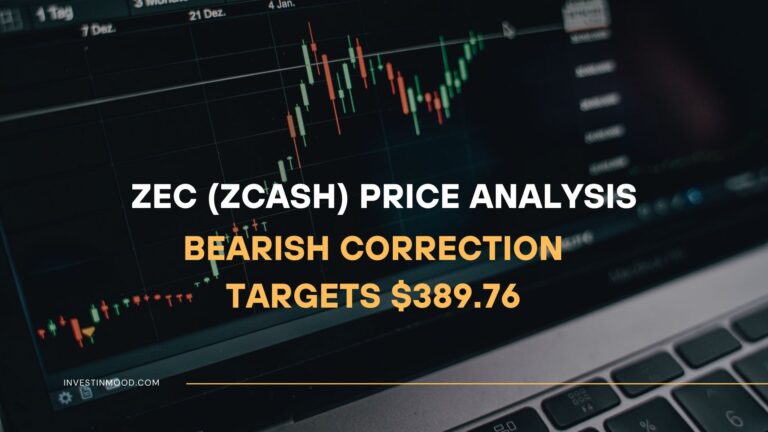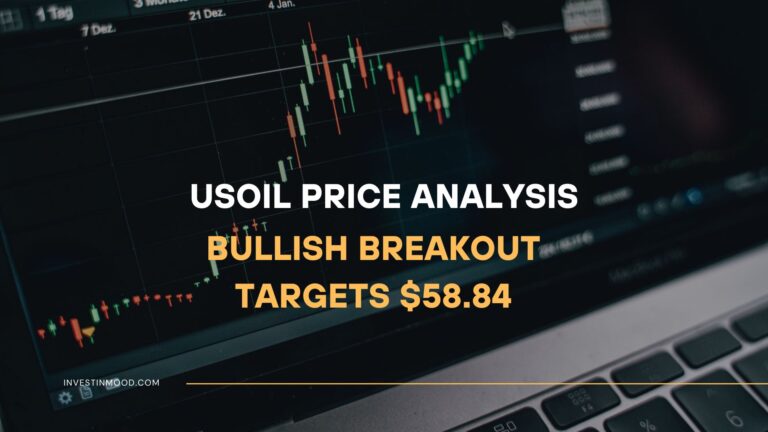
EURNZD Price Forecast Upside Momentum Builds Towards Key Levels
EURNZD has broken out decisively from a multi-week consolidation pattern, overcoming a significant resistance zone. This price action confirms a bullish bias is now in control, with the pair establishing a new higher high. Our analysis projects a sustained move towards an initial target of 2.0200, followed by a primary target at 2.0400. This prediction is based on a confluence of technical factors, including a confirmed breakout from a bullish flag pattern, a bullish crossover on moving averages, and strong momentum as indicated by the RSI holding above 60.
Current Market Structure and Price Action
The market structure is now unequivocally bullish on both the daily and 4-hour charts, characterized by a sequence of higher highs and higher lows. The price is currently consolidating its gains after the breakout, treating the former resistance zone between 2.0050 and 2.0080 as new support. Recent price action has shown a strong bullish impulse candle followed by a small retracement, indicating a healthy pause that is likely to precede the next leg higher. This behavior suggests that a continuation of the bullish trend is the most probable outcome.
Identification of the Key Support Zone
The most critical technical element is the New Support Zone around 2.0050 – 2.0080. The strength of this zone is derived from:
- Historical Significance: This level acted as a strong resistance ceiling throughout late September and early October. The recent decisive break has flipped this zone into a psychologically and technically significant support level—a classic “resistance turned support” scenario.
- Technical Confluence: The zone aligns with the 50-day Exponential Moving Average (EMA) and the 38.2% Fibonacci retracement level of the most recent leg higher, creating a multi-layered technical safety net for any pullbacks.
- Market Psychology: The 2.0100 level is a major psychological handle. A successful hold above the 2.0080 support reinforces buyer confidence and validates the breakout, attracting further momentum-based buying.
This powerful confluence makes it a high-probability level for a bullish reaction and the foundation for the next leg up.
Technical Target(s) and Rationale
Our analysis identifies the following precise price target(s):
Initial Target (IT): 2.0200
This level represents the 1.272 Fibonacci extension level of the recent consolidation pattern and a previous minor swing high. It serves as the first logical profit-taking zone and the minimum measured move target following the confirmed breakout.
Primary Target (PT1): 2.0400
This level represents the 1.618 Fibonacci extension level and a key psychological resistance level that has capped advances in the past. It is the primary measured move target based on the height of the bullish flag pattern projected upward from the breakout point.

Prediction: We forecast that EURNZD will hold above the 2.0050-80 support zone and resume its upward trajectory, first testing the Initial Target at 2.0200. A sustained move beyond that would then open the clear path towards our Primary Target at 2.0400.
Risk Management Considerations
A professional strategy is essential to capitalize on this breakout while managing risk.
- Invalidation Level (Stop-Loss): The entire bullish thesis is invalidated if the price achieves a 4-hour close below 1.9980. This level is placed below the new support zone, the 50-day EMA, and the recent higher low. A break here would signify a false breakout and a failure of the bullish structure.
- Position Sizing: Any long positions taken should be sized so that a loss triggered at the 1.9980 invalidation level represents a small, pre-defined percentage of your total capital (e.g., 1-2%).
Fundamental Backdrop
The technical breakout is supported by a compelling fundamental divergence between the Eurozone and New Zealand:
- Central Bank Policy Divergence: The European Central Bank (ECB) maintains a relatively hawkish stance focused on inflation containment, while the Reserve Bank of New Zealand (RBNZ) has signaled a pause in its hiking cycle. This interest rate differential favors the EUR.
- Relative Economic Resilience: Recent European economic data has shown surprising resilience despite energy concerns, while New Zealand’s economy is more exposed to a global slowdown and softer commodity prices.
- Risk Sentiment: The NZD is a risk-sensitive currency. Any deterioration in global risk appetite tends to weaken the NZD relative to the Euro, providing a tailwind for EURNZD.
These factors contribute to a fundamentally supportive and bullish-leaning environment for the pair, reinforcing the technical breakout.
Conclusion
EURNZD has executed a textbook bullish breakout, shifting its market structure and establishing a new support base. The confluence of the pattern completion, Fibonacci targets, and supportive fundamentals suggests a high-probability bullish continuation, targeting a precise move first to 2.0200 and then towards 2.0400. Traders should look for entries on pullbacks towards the 2.0060-2.0080 support zone and manage risk diligently by respecting the key invalidation level at 1.9980. The reaction at the 2.0400 target will be crucial for determining the sustainability of the longer-term bullish trend.
Chart Source: TradingView
Disclaimer: This analysis is for informational and educational purposes only and does not constitute financial advice or a recommendation to buy or sell any security. Forex trading involves high leverage and significant risk, including the possible loss of your entire investment. Always conduct your own research (DYOR) and consider seeking advice from an independent financial professional before making any trading decisions.
Suggested Ad Placements
For optimal user experience and ad revenue, place your ads in the following four locations within the article:
- After the “Executive Summary” (H2): The reader has just absorbed the core bullish breakout thesis. An ad here captures their full attention before they dive into the detailed technical rationale.
- In the middle of the “Technical Target(s) and Rationale” (H2) section, right after explaining the Initial Target. This creates a natural pause after the first profit-taking level is defined, making it an ideal moment for an ad before discussing the primary objective.
- Immediately after the “Risk Management Considerations” (H2) section. This is a critical point where the trader is evaluating the trade’s risk-reward profile. An ad here fits the natural analytical flow.
- Right before the “Fundamental Backdrop” (H2) section. This placement strategically separates the core technical and actionable plan from the contextual fundamental information, providing a logical point for a final high-engagement ad placement.
